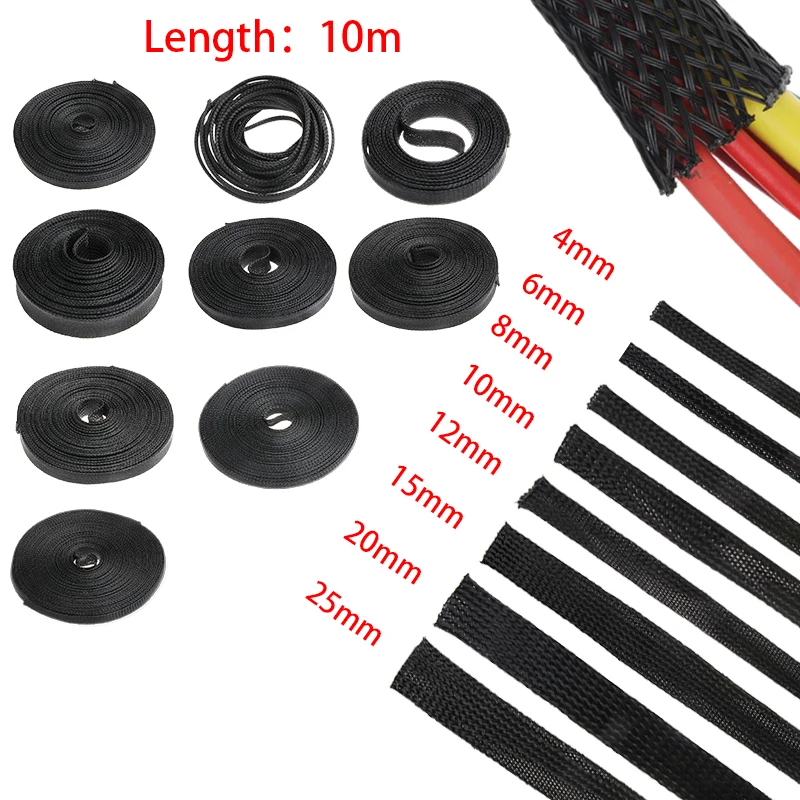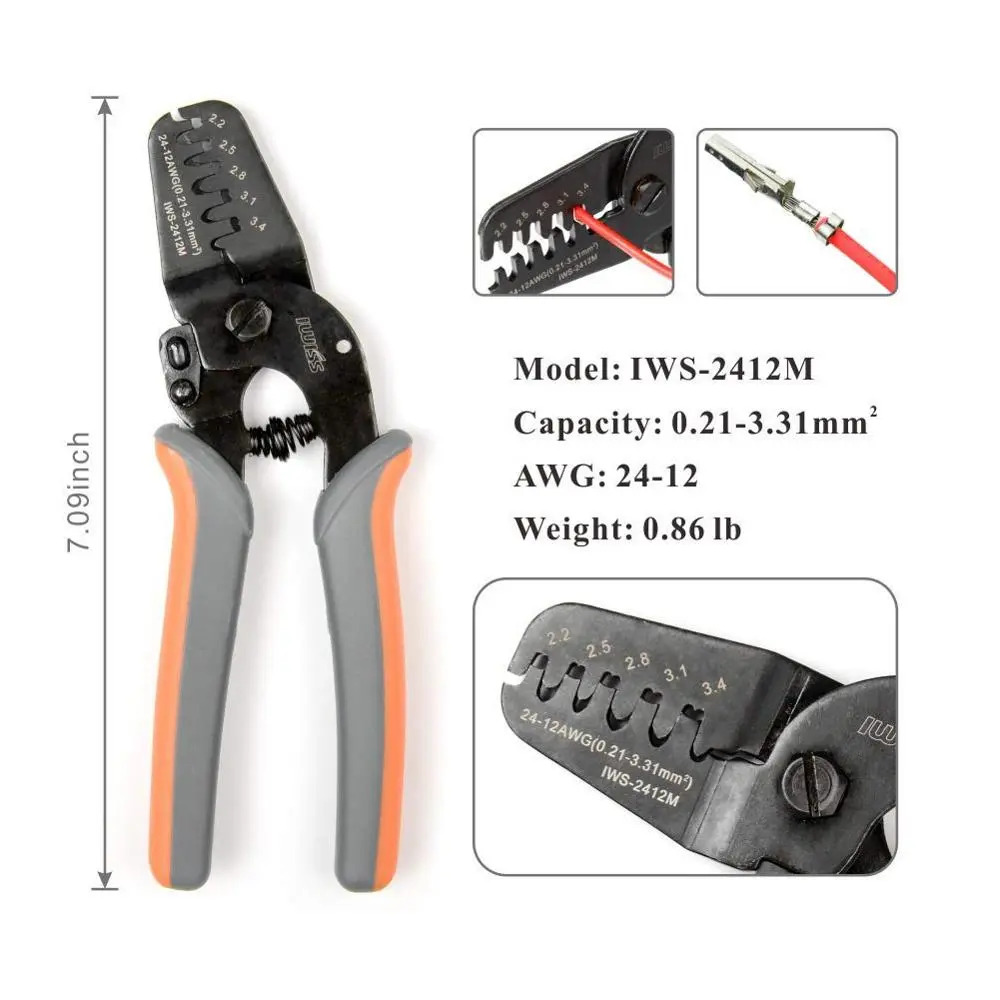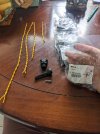Jonohhh
True Classic
Well, I may have just come across an issue that may be the root of some of the unexplainable high rpm running issues.
The fuel injector harness- both the outer layer of insulation and the sheath on the copper wire itself, are rock solid and brittle. There are many locations where both the feed and ground wire for a particular injector have the insulation broken at the exact same place along the wire.

At the split for cylinder 2, the injector connector fell off in my hand- and looking at the two wires next to each other in the area, it's hard to imagine that that is not a dead short, or at least one with a moderately low resistance (there were about 1 or 2 strands of copper wire contacting each other).


Now. I know this is a bad thing to say considering I own two Italian vehicles.
But I don't electrical.
So that leaves me with a few options. I could wrap it up with electrical tape, and use crimps to repair the fallen off Injector connector...but that's not how I like to roll.
So I have a few questions. How do y'all feel about using something like this- a premade four cylinder Injection harness from Holley, made to work with our Bosch EV1 Injectors. Of course, the connector is standardized and so common that I could make a harness like this myself, but I'd rather leave it to someone who knows what they're doing. I would need to slightly modify the harness to work for our application with the valve cover grounds- but I would likely leave the connector in place and install a connector on the ecu side of the harness as well, so I can disconnect the injector harness as wanted.

It seems unnecessary to buy a whole ecu harness from MWB, so im heavily considering this. It's quite expensive for what it is- I may try to find a cheaper option- but regardless the insulation looks pretty unsubstantial given it's going to he above the exhaust manifold, so I will add layers of heat insulation as needed.
And in the case of purchasing a harness- I know we have some great electrical people around here- if anyone wants to make one, I'd much rather pay someone in the community the $80 than a big company- just if anyone wants to.
So, thoughts?
The fuel injector harness- both the outer layer of insulation and the sheath on the copper wire itself, are rock solid and brittle. There are many locations where both the feed and ground wire for a particular injector have the insulation broken at the exact same place along the wire.
At the split for cylinder 2, the injector connector fell off in my hand- and looking at the two wires next to each other in the area, it's hard to imagine that that is not a dead short, or at least one with a moderately low resistance (there were about 1 or 2 strands of copper wire contacting each other).
Now. I know this is a bad thing to say considering I own two Italian vehicles.
But I don't electrical.
So that leaves me with a few options. I could wrap it up with electrical tape, and use crimps to repair the fallen off Injector connector...but that's not how I like to roll.
So I have a few questions. How do y'all feel about using something like this- a premade four cylinder Injection harness from Holley, made to work with our Bosch EV1 Injectors. Of course, the connector is standardized and so common that I could make a harness like this myself, but I'd rather leave it to someone who knows what they're doing. I would need to slightly modify the harness to work for our application with the valve cover grounds- but I would likely leave the connector in place and install a connector on the ecu side of the harness as well, so I can disconnect the injector harness as wanted.
It seems unnecessary to buy a whole ecu harness from MWB, so im heavily considering this. It's quite expensive for what it is- I may try to find a cheaper option- but regardless the insulation looks pretty unsubstantial given it's going to he above the exhaust manifold, so I will add layers of heat insulation as needed.
And in the case of purchasing a harness- I know we have some great electrical people around here- if anyone wants to make one, I'd much rather pay someone in the community the $80 than a big company- just if anyone wants to.
So, thoughts?






